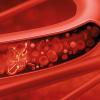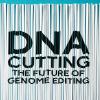Professor Lesley Anderson talks through her research, which it is hoped will reveal the causes of myeloproliferative neoplasms by examining toenails.
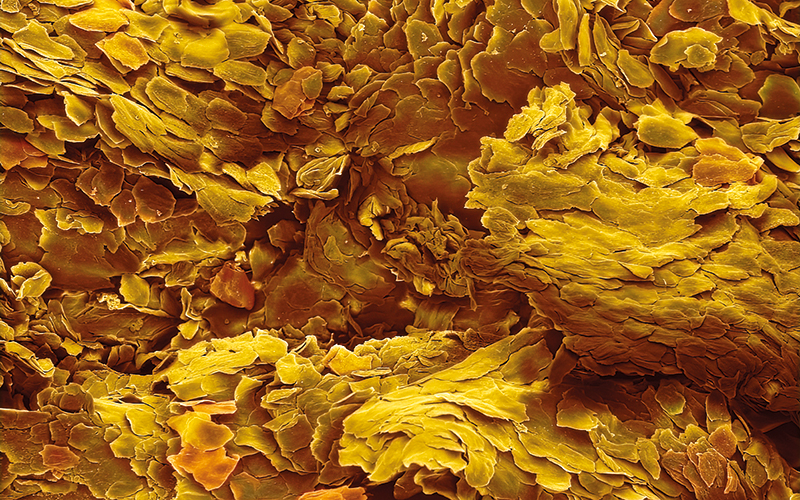
The state of our nails can hold tantalising clues about our health beneath the skin. Nails with a blue tint, for example, may suggest the body lacks sufficient oxygen. White nails can be a sign of a liver problem. Ridged nails might indicate the presence of osteoarthritis.
Likewise, toenails can offer vital insights when trying to unlock the secrets of certain conditions. This is the approach of a new piece of research that will be examining participants’ toenail clippings – among a range of other potential physical and lifestyle indicators – in a bid to discover the causes of myeloproliferative neoplasms (MPN), a range of blood cancers that affect around 5000 people in the UK every year. MPN tend to be chronic conditions, so while the fatality rate is not especially high, patients often live with the disease for a long time and show significant morbidity. The MOSAICC (Myeloproliferative Neoplasms: an In-Depth Case–Control) study is seeking to recruit 650 patients across the country and to learn more about the possible genetic or environmental triggers of these diseases.
“We can use toenails as a measure of exposure to specific compounds”
The study lead, Professor Lesley Anderson, Chair in Health Data Science at the University of Aberdeen, says that toenails are worth examining as they can contain vital biological information. “We are all exposed to elements through our environment, our diet, what we do as part of our job. Those elements are all contained within our cells, which the body then excretes as excess materials as part of the development of hair and toenails. So we can look at toenails and use them as a direct measure of how much exposure somebody has had to specific compounds, and that can help us understand what might lead to an individual to develop one of these types of blood cancers.”
Looking for what?
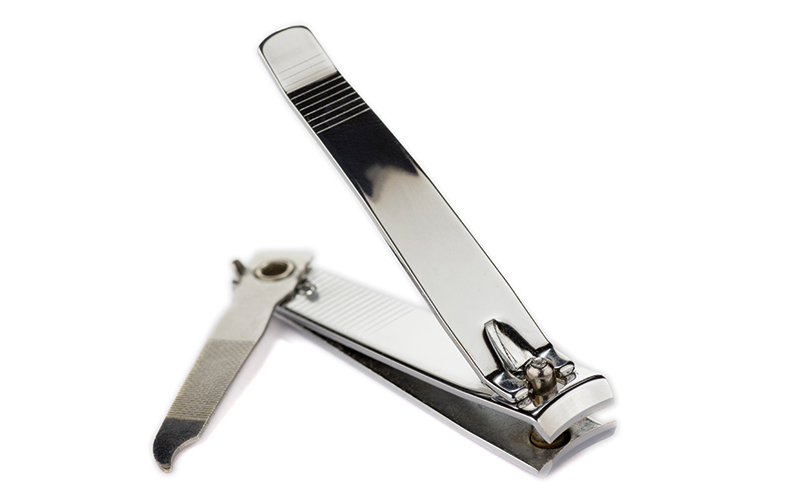
The toenail clippings provided by the participants will be ground down and then subjected to mass spectrometry analysis. What sort of compounds will the researchers be looking for? “All sorts of trace elements,” says Anderson. “These include selenium. We know from previous research that people in the UK tend to have low levels of selenium, which has been linked to cancer. We’re also looking at zinc, copper, iron, aluminium, manganese, chromium, cadmium, arsenic and nickel. We can collect information on participants’ exposure to all these substances from their toenails.”
As well as the nail clippings, the research team will be collecting blood and saliva samples. Blood Cancer UK has provided the funding to test the samples, which will be submitted to a genome-wide association study that will look for potential genetic factors. “Many of the patients with these diseases have an acquired genetic mutation, so not something they’re born with, and
this will be the first study looking at all of these different exposures by the acquired mutation status,” says Anderson. “We will compare patients who have an acquired mutation with those who don’t, and by doing that we can start to look at the factors that might have caused the acquired mutation and see if there is something that people are exposed to that leads to the development of disease.”
Lesley Anderson
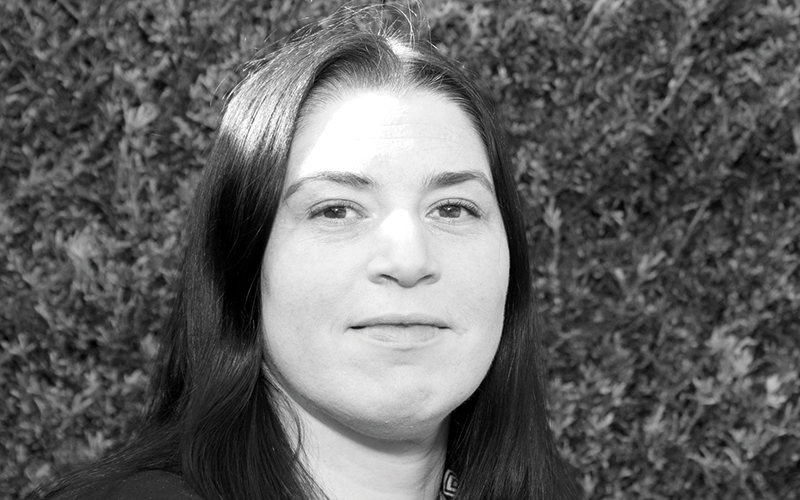
2001: Undergraduate degree, biomedical science, Queen’s University Belfast
2004: PhD, cancer epidemiology, QUB
2006: Masters, population health-based evidence, University of Manchester
2010: Academic, QUB
2017: Part-time Deputy Director, Northern Ireland Cancer Registry, overseeing official statistics
2022: Chair in Health Data Science, University of Aberdeen
Scrutinising jobs
The employment history and lifestyle of each MOSAICC participant will also be scrutinised during interviews. A detailed occupational assessment will collect relevant data on their potential exposure to particular elements. “We are asking questions of everybody about what jobs they’ve done in the past, how long and so on. There are six jobs that we will ask about in detail. These are the jobs that are most likely to have exposed people to chemicals or potential carcinogens.”
One of those jobs, for example, is car mechanic. People who work on cars for any length of time are likely to have been exposed to benzene, one of the possible risk factors for MPN. They will be asked questions related to their job, such as whether they were running engines inside or outside? How long did they run an engine without ventilation? Did they wear any protective gear while working?
Further questions will probe their medical conditions and routine behaviour. “The sort of things we want to know range from how often they fly, as there’s potential radiation exposure from being in an airplane for long periods, and what sort of chemicals they use around the home. All this will help us to build a much more detailed assessment of exposure for each individual,” says Anderson.
But even if differences are detected between those participants who have an MPN and those who do not, the results may not yield hard answers. “It’s often difficult to determine whether a difference is the result of the condition itself or because an individual has had more exposure to certain factors than others, which may have led to the development of their disease. While we can’t determine the difference between those two entities, we are trying to identify potential factors that might be worth considering for further analysis. We’re looking for clues.”
Illuminate the way
While the primary aim of the study is to throw a light on those factors that might drive the development of disease, the findings could also illuminate the way forward for treating and even preventing these blood cancers. “Understanding the pathway of how somebody has developed the disease could lead to the opportunity for new therapeutics,” says Anderson. “And if we were to see an occupational exposure or an exposure to a specific chemical, for example, and there is no workplace requirement to reduce that exposure, that is something that could be pushed for.”
The study is halfway through the recruitment stage, which is set to continue until the end of December 2024. The first results should be available early next year. “We’re getting really good engagement from patients and the public,” says Anderson. “This is by far the largest study of these patients worldwide, easily surpassing anything else that has been done in this area. Based on the scale of the study, we’re hoping that it will give some interesting and important results.”
Image credit | iStock | Science Photo Library


